Collecting Marigold Seeds: Learn How To Harvest Marigold Seeds
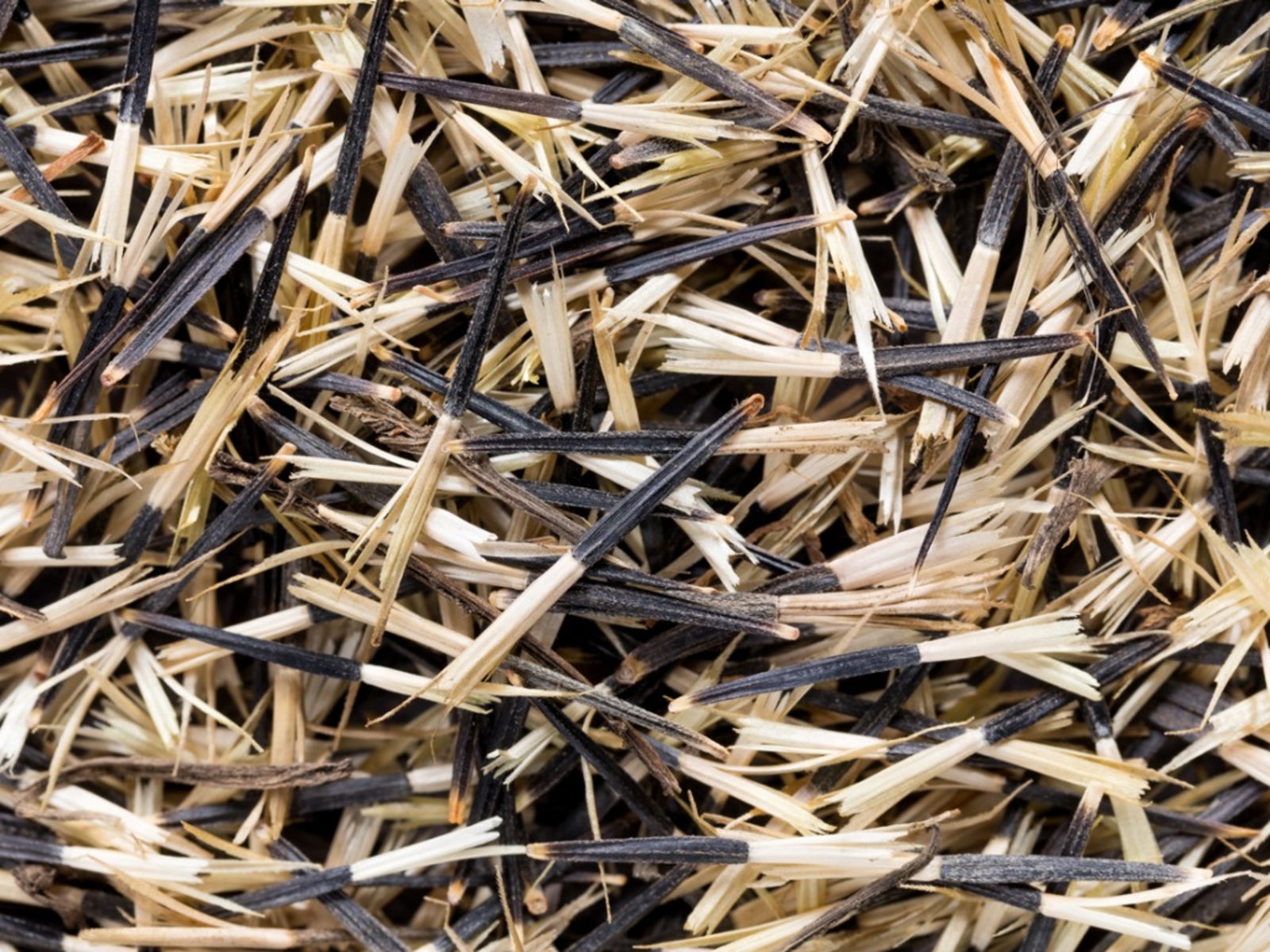

As far as annual flowers go, you can hardly do better than marigolds. Marigolds are easy to grow, low maintenance, and a reliable source of bright color. They’re also famous for repelling harmful bugs, making them an excellent low impact and totally organic choice for pest management. Marigold seeds aren’t exactly expensive, but they do have to be replanted every year. Why not try collecting and storing marigold seeds this year? Keep reading to learn how to harvest marigold seeds.
Collecting Seeds from Marigold Flowers
Collecting seeds from marigold flowers is easy. That being said, the plants don’t form recognizable seed pods, so finding the seeds is tricky if you don’t know where to look. The first thing you need to do is wait for the flowers to fade and dry. Choose a flower head that is very withered and dried out. It should be mostly brown, with just a little bit of green left at the base. This green means it’s less likely to have started rotting. Cut the flower head from the plant a few inches (8 cm.) down the stem so as not to damage the seeds. Pinch the withered petals of the flower between your thumb and index finger of one hand, and the base of the flower head with the other hand. Gently pull your hands in opposite directions. The petals should slide clear of the base with a bunch of pointy black spears attached. These are your seeds.
Marigold Seed Saving
After collecting seeds from marigold flowers, lay them out for a day or so to dry. Storing marigold seeds is best done in a paper envelope so any additional moisture can escape. Plant them in the spring and you’ll have a whole new generation of marigolds. One thing to remember: when you’re collecting marigold seeds, you can’t necessarily depend upon getting a true copy of the parent’s flowers. If the plant you’ve harvested from is an heirloom, its seeds will produce the same kind of flowers. However, if it’s a hybrid (which is likely if you’ve gotten cheap plants from a garden center), then the next generation probably won’t look the same. There’s nothing wrong with this-- it can actually be very exciting and interesting. Just don’t be disappointed if the flowers you get look different from the flowers you had.
Gardening tips, videos, info and more delivered right to your inbox!
Sign up for the Gardening Know How newsletter today and receive a free copy of our e-book "How to Grow Delicious Tomatoes".

The only child of a horticulturist and an English teacher, Liz Baessler was destined to become a gardening editor. She has been with Gardening Know how since 2015, and a Senior Editor since 2020. She holds a BA in English from Brandeis University and an MA in English from the University of Geneva, Switzerland. After years of gardening in containers and community garden plots, she finally has a backyard of her own, which she is systematically filling with vegetables and flowers.
-
 10 Common Composting Problems That Can Spoil Your Garden Gold – Plus Easy Fixes
10 Common Composting Problems That Can Spoil Your Garden Gold – Plus Easy FixesLearn how to troubleshoot common composting issues before they ruin your stash – from bad smells and bugs to materials not breaking down as they should.
By Susan Albert
-
 Terrifically Tubular Flowers For Hummingbirds: 9 Tube-Flowered Plants To Attract Hummers
Terrifically Tubular Flowers For Hummingbirds: 9 Tube-Flowered Plants To Attract HummersGrowing tubular flowers for hummingbirds helps you create the optimum feeding conditions for your winged friends. Here are nine tubed delights for hummers
By Tonya Barnett
-
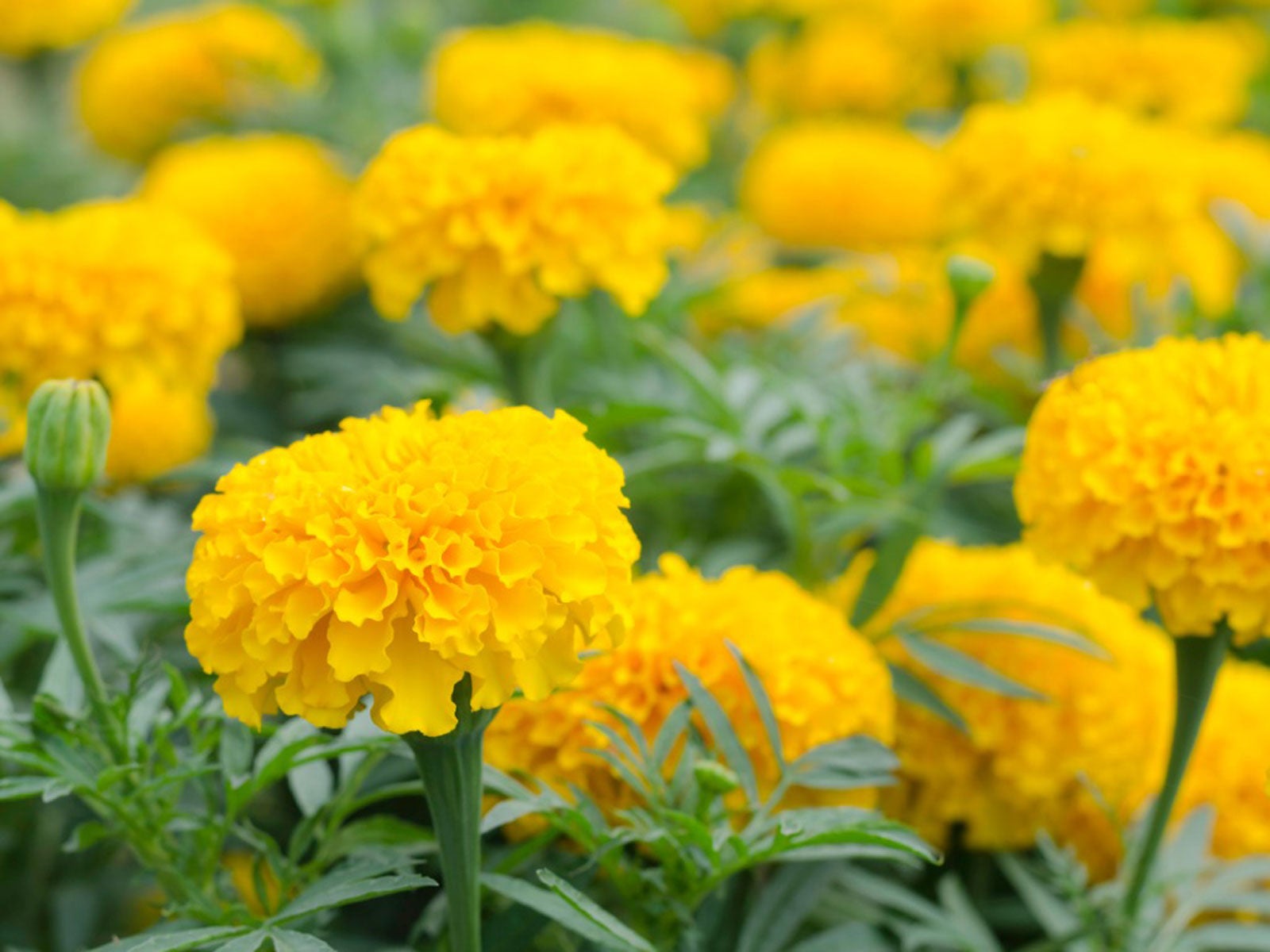 Marigold Flower Uses: Marigold Benefits For Gardens And Beyond
Marigold Flower Uses: Marigold Benefits For Gardens And BeyondMarigolds are appreciated primarily for their beauty, and you may not have considered the many surprising marigold benefits for gardens. Click on the following article to learn about ways to use marigold plants in the garden.
By Mary H. Dyer
-
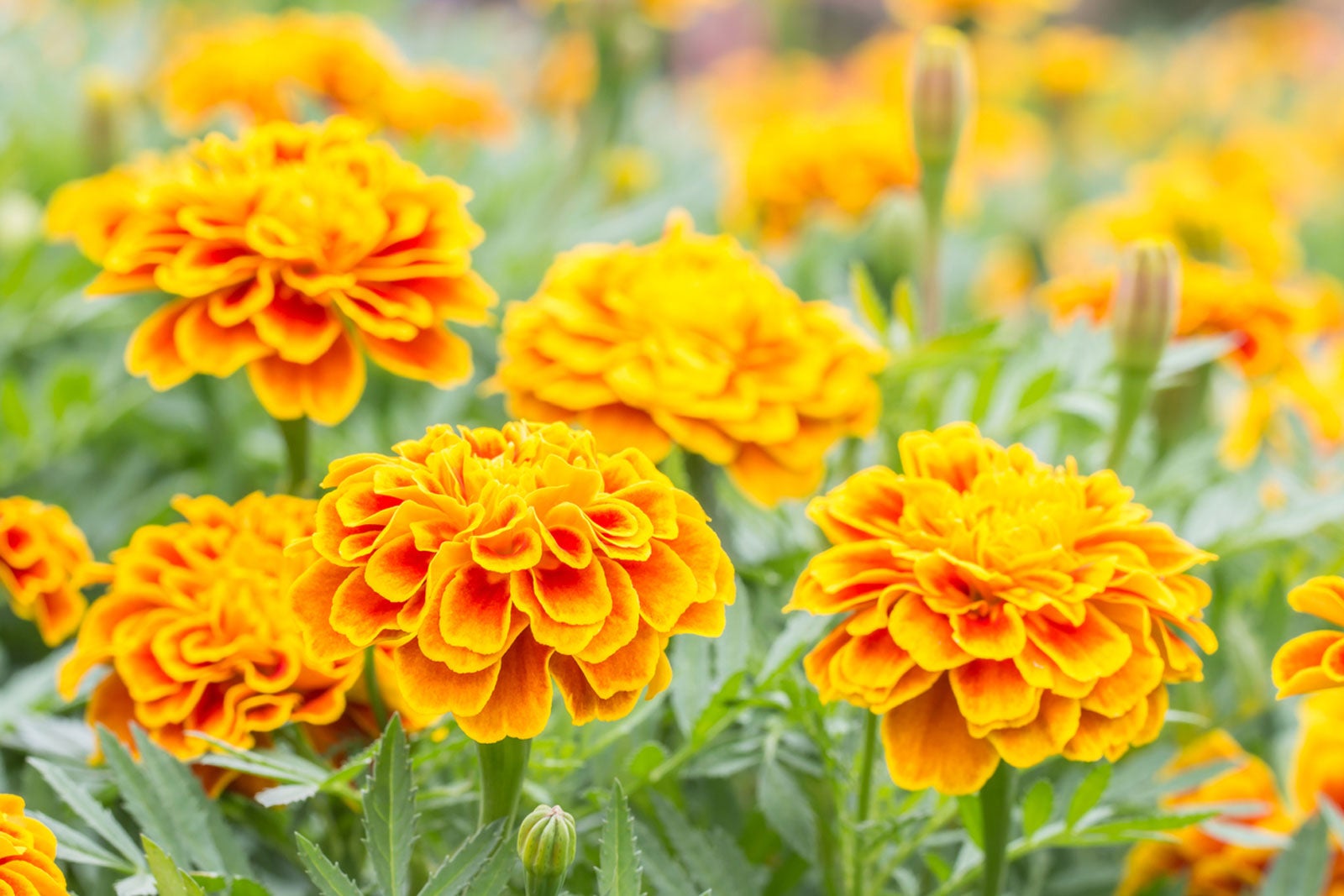 Marigold Vs. Calendula – Difference Between Marigolds And Calendulas
Marigold Vs. Calendula – Difference Between Marigolds And CalendulasIt’s a common question: Are marigold and calendula the same? The simple answer is no. Although both are members of the sunflower family, marigolds and calendula are plants with different genera. Why all the confusion? Find out in this article and how to tell them apart.
By Mary H. Dyer
-
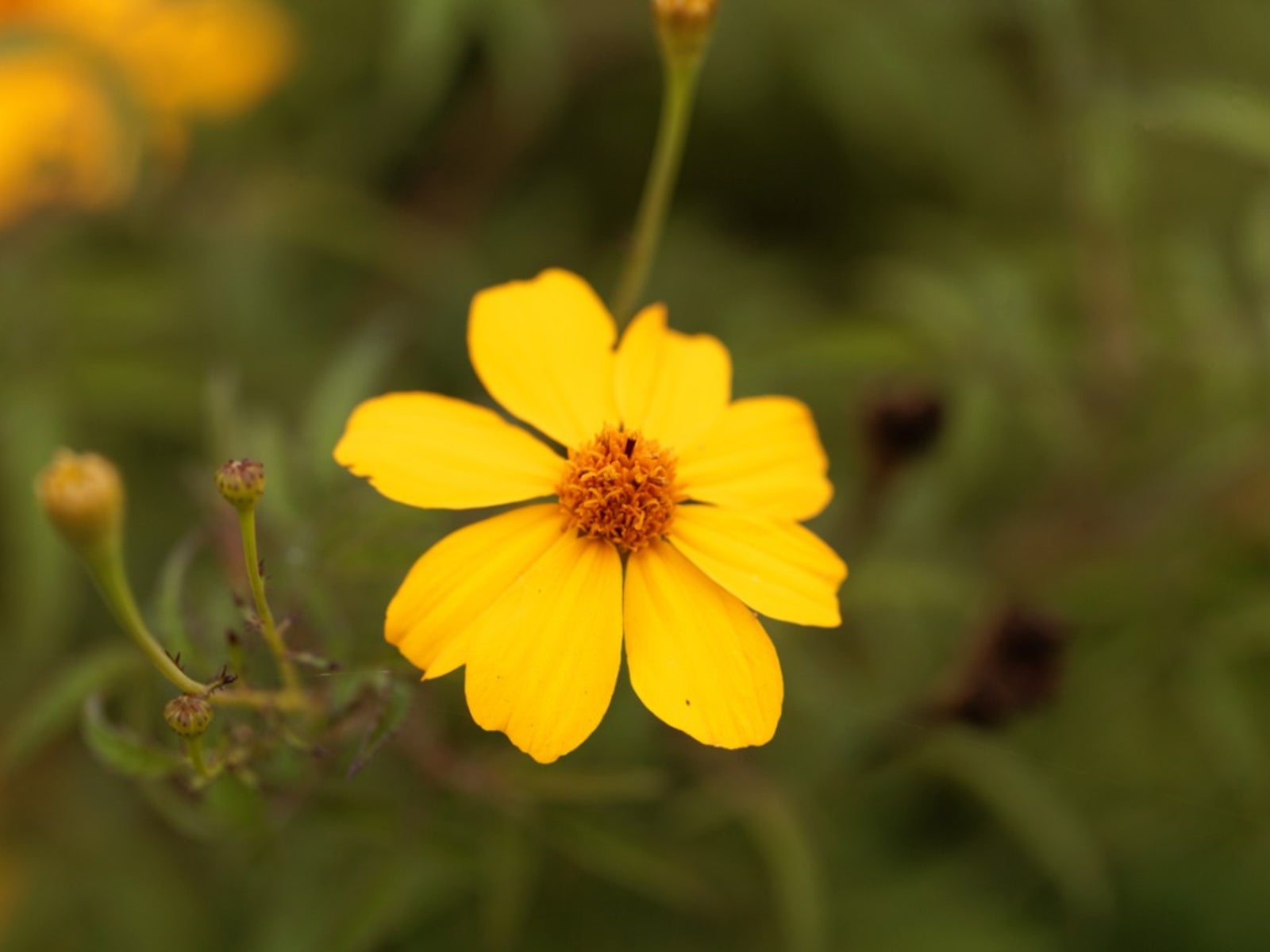 Mountain Marigold Care – How To Grow Bush Marigold Plants
Mountain Marigold Care – How To Grow Bush Marigold PlantsA beautiful annual scene is caused by the fall bloom period of Mountain Lemmon marigolds, which may also bloom sporadically in spring and summer, but save their best display for autumn. Click on this article to read more about mountain marigold plants.
By Darcy Larum
-
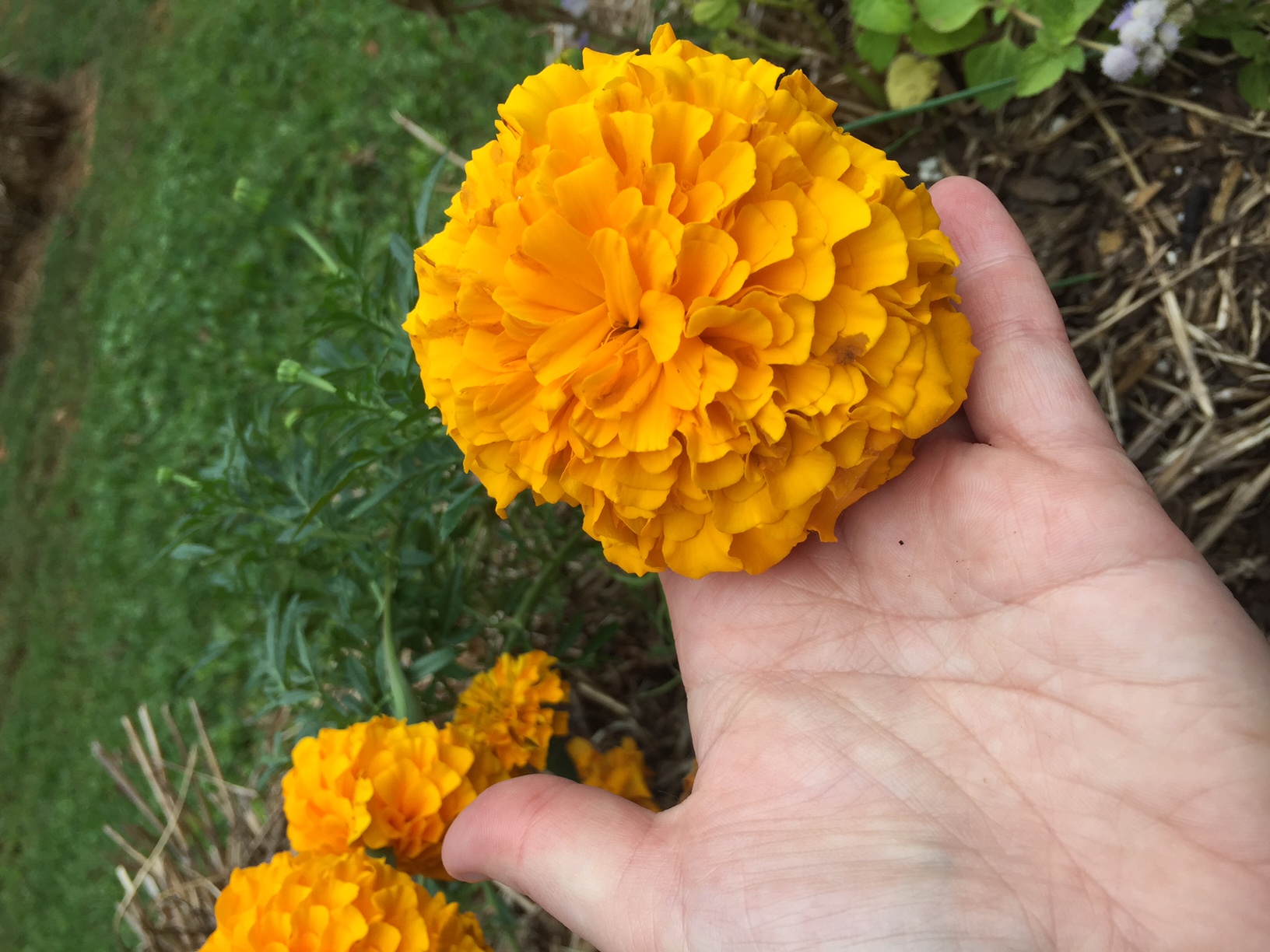 African Marigold Care: How To Grow African Marigolds
African Marigold Care: How To Grow African MarigoldsAfrican marigolds were sacred to the Aztecs, who used them as a medicine and as a ceremonial offering to the sun gods. Marigolds are still called the herb of the sun because of this. Click this article for more African marigold information.
By Darcy Larum
-
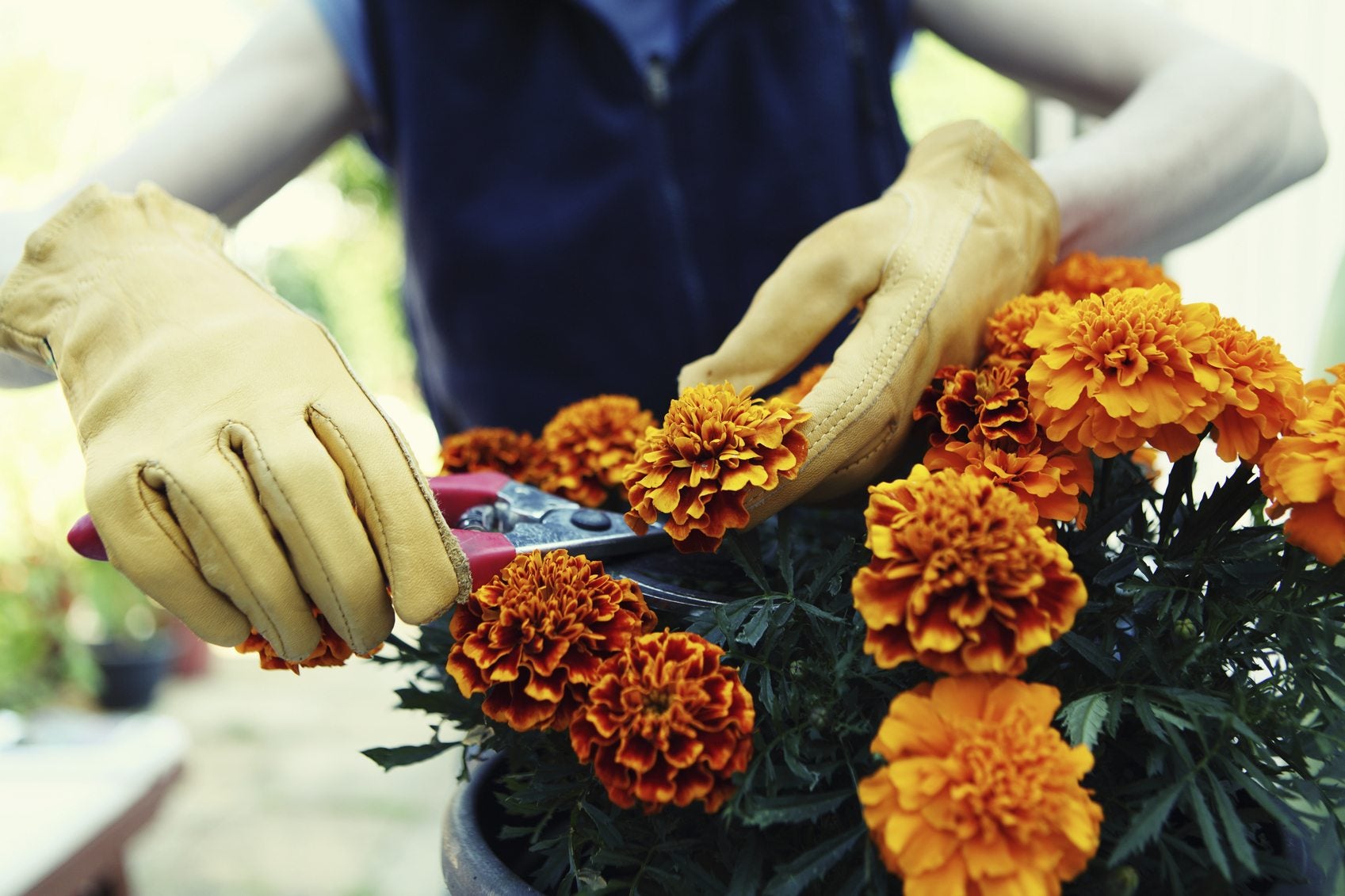 Deadheading Marigold Plants: When To Deadhead Marigolds To Prolong Blooming
Deadheading Marigold Plants: When To Deadhead Marigolds To Prolong BloomingShould you start removing spent marigold flowers? Marigold deadheading does help keep the garden looking its best and encourages new blooms. Click on this article for more information about deadheading marigold plants.
By Teo Spengler
-
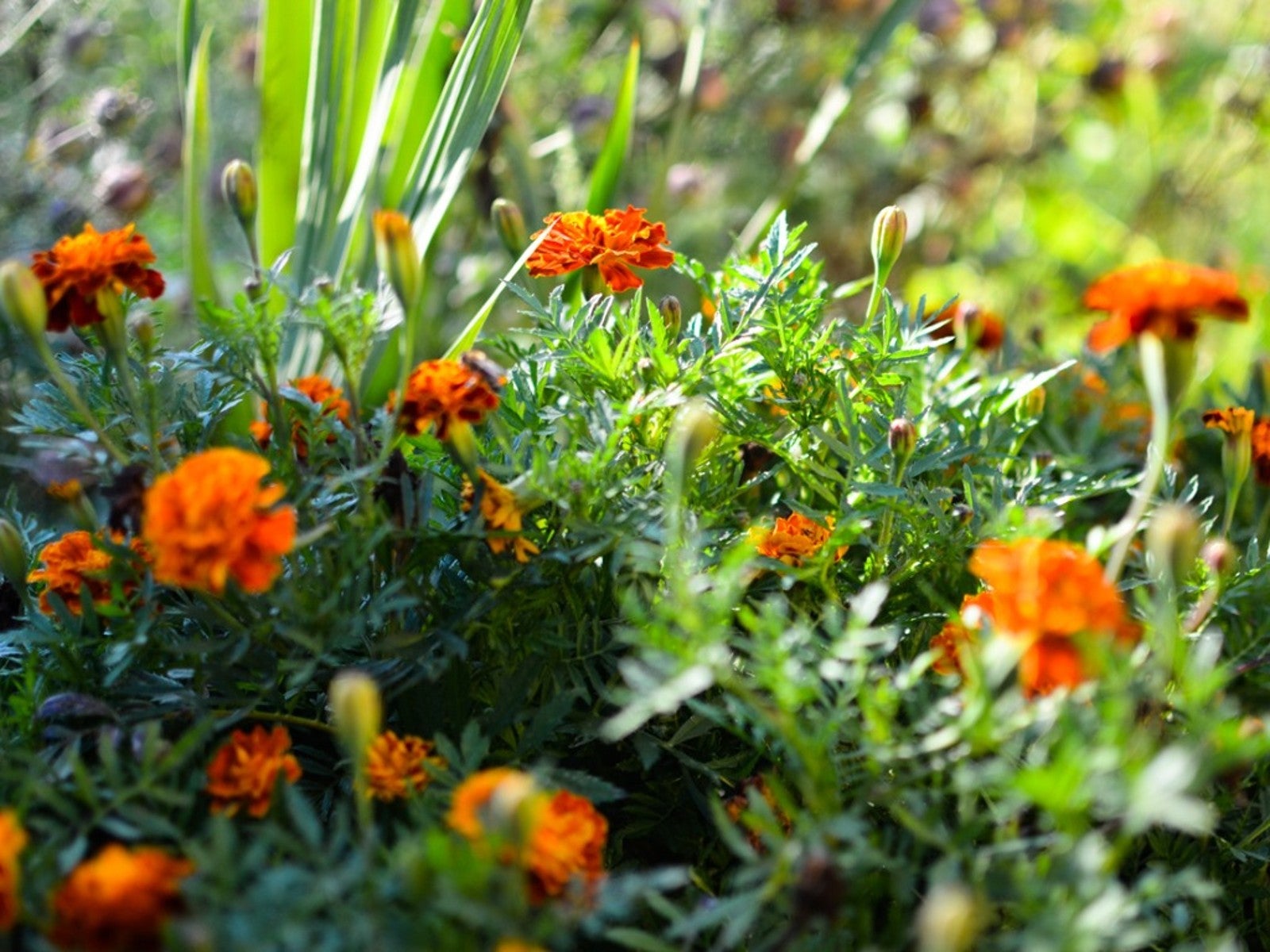 Marigold Leaf Problems: Treating Marigolds With Yellow Leaves
Marigold Leaf Problems: Treating Marigolds With Yellow LeavesMarigold blossoms are a bright, sunny yellow, but the foliage below the flowers is supposed to be green. If your marigold leaves are turning yellow, you've got marigold leaf problems. To learn what might be causing yellowing marigold leaves, click here.
By Teo Spengler
-
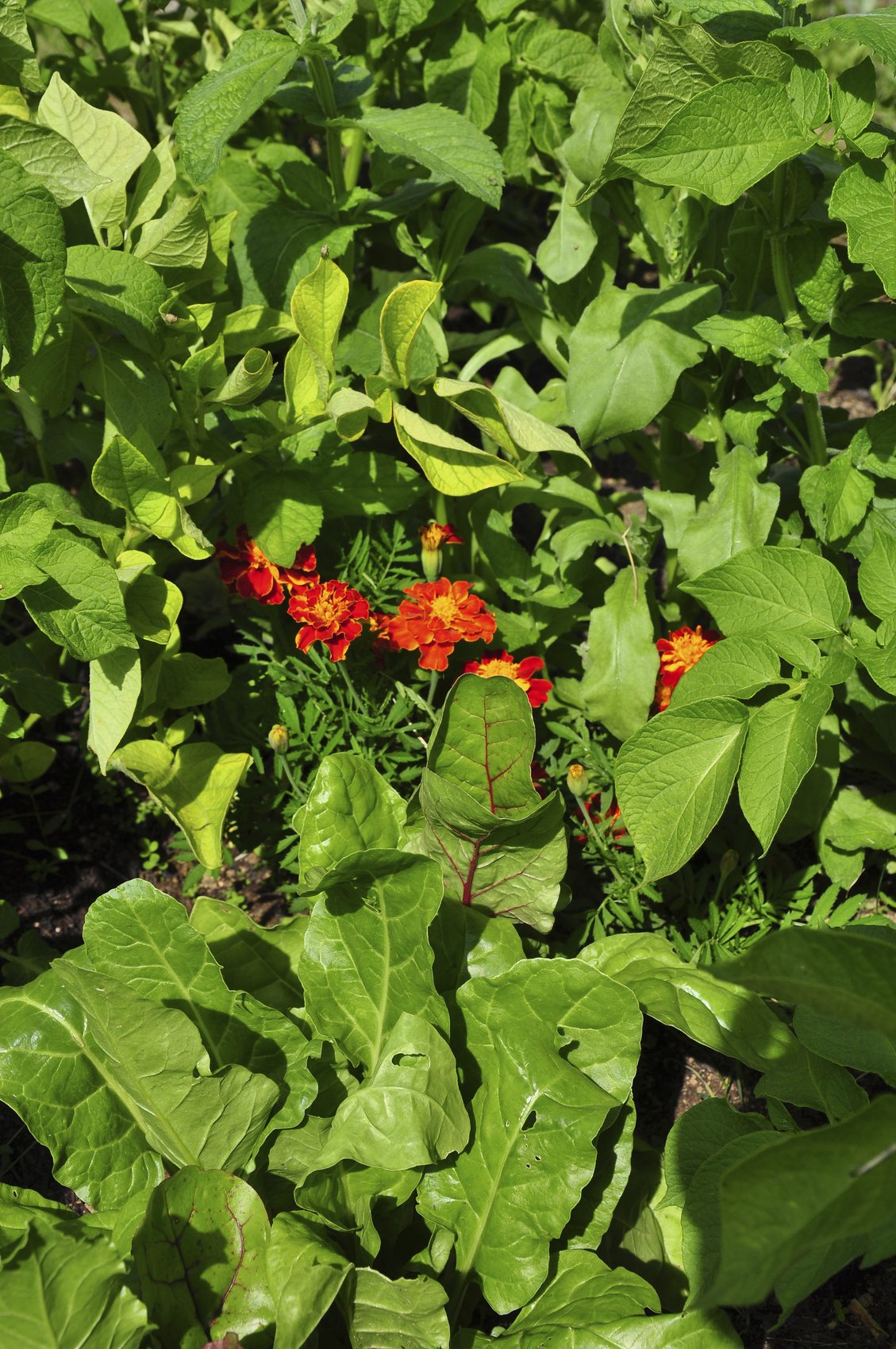 Using Marigolds Around Plants – Do Marigolds Keep Bugs Away
Using Marigolds Around Plants – Do Marigolds Keep Bugs AwayDo marigolds keep bugs away? The best way to find out is to experiment in your own garden, and you really can't go wrong. There's no doubt they attract a variety of beneficial insects that prey on bad bugs. Learn more about marigold plants and pests here.
By Mary H. Dyer
-
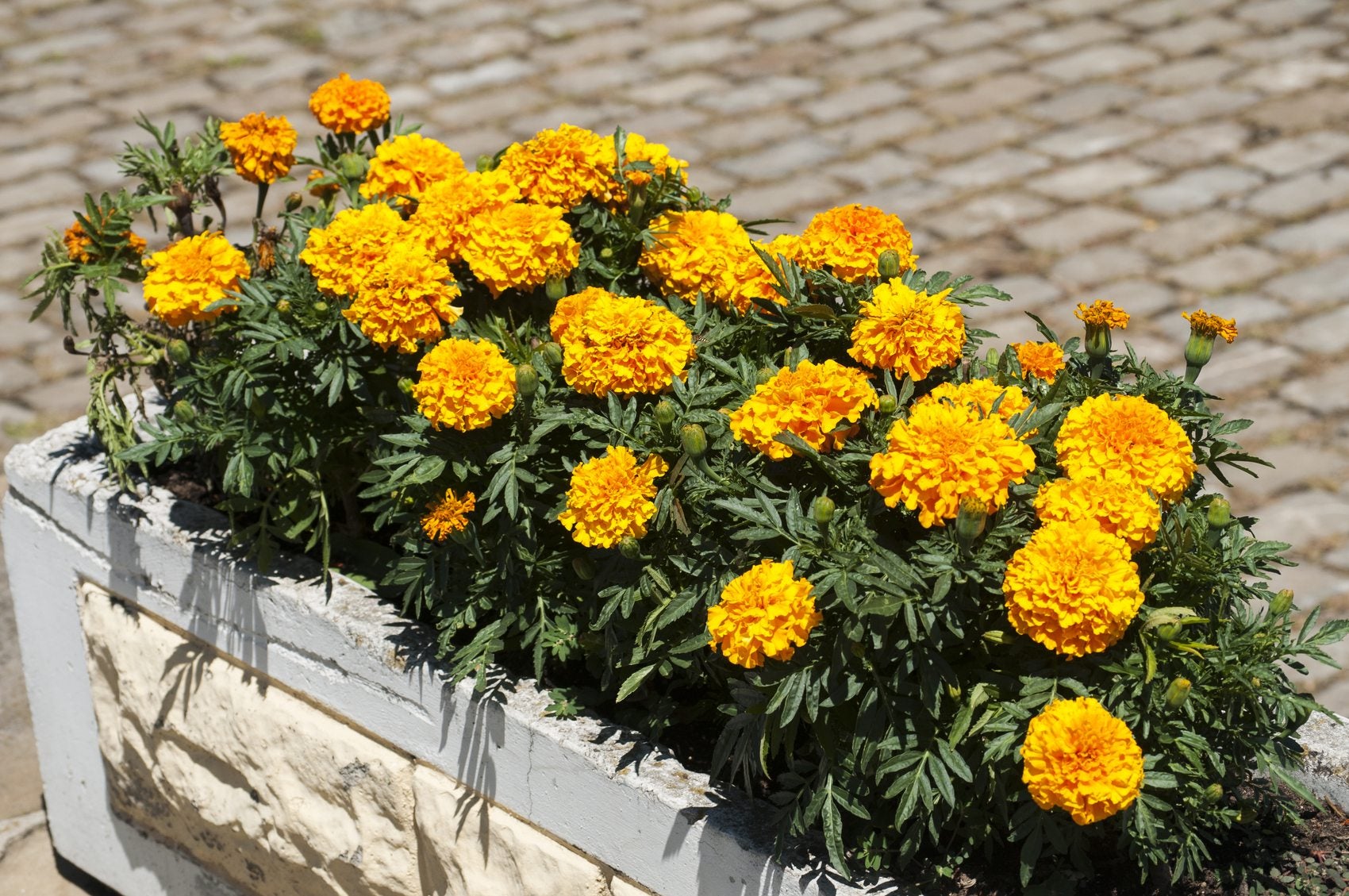 Caring For Marigolds In Pots – Tips On Growing Marigolds In Containers
Caring For Marigolds In Pots – Tips On Growing Marigolds In ContainersMarigolds are easygoing plants that bloom reliably, even in direct sunlight, punishing heat and poor to average soil. Although they are beautiful in the ground, growing marigolds in containers is a surefire way to enjoy this delightful plant. Learn more here.
By Mary H. Dyer